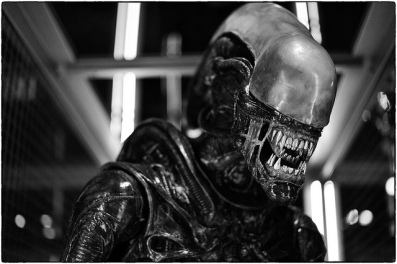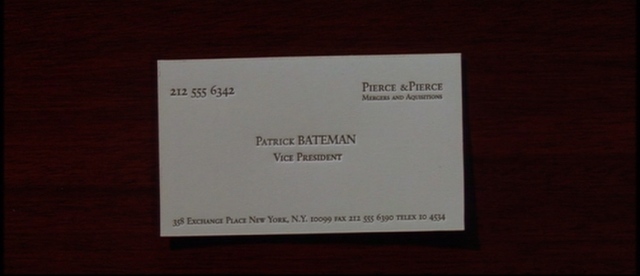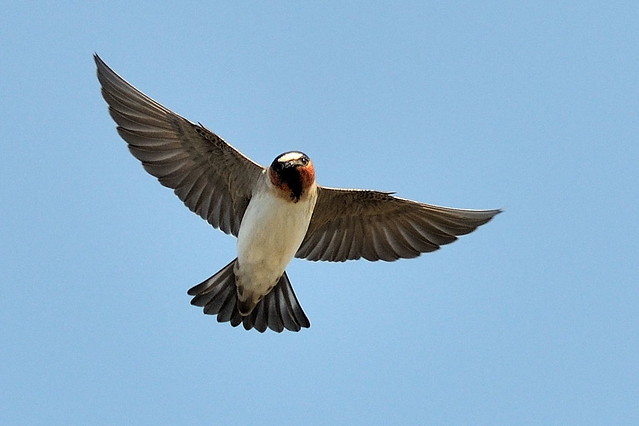This is the third in a series of guest posts in which Chris Smith will examine the evolutionary claims made in Nicholas Wade’s book A Troublesome Inheritance. You can read part I here, and part II here. Chris is an Associate Professor of Evolutionary Ecology at Willamette University. He uses population genetic approaches to understand coevolution of plants and insects, and he teaches the interdisciplinary course “Race, Racism, and Human Genetics” with Emily Drew.

A Troublesome Inheritance was published in 2014 by Penguin Books. Cover image via Google Books.
This spring former New York Times science writer, Nicholas Wade, released his latest book on human evolution, A Troublesome Inheritance: Genes, Race, and Human History. In it, Wade argues that genetic studies completed in the eleven years since the Human Genome Project was completed reveal real and important differences between human races. Unsurprisingly, the book’s release has been met with a sharply divided critical reception.Whereas the book has been widely embraced by those on the political right, and by the white identity movement, it has been panned by anthropologists, evolutionary biologists, and population geneticists. For the last two weeks at Nothing in Biology Makes Sense, I’ve been looking in depth at the literature that Wade uses to support his ideas. Last week I considered Wade’s argument that natural selection acting on the MAO-A gene – a neurotransmitter implicated in aggression and impulsivity – has led to behavioral differences between races. This week I will consider Wade’s larger claim that natural selection has produced numerous differences between races.
Throughout the book Wade continually repeats the mantra that natural selection on humans has been “recent, copious, and regional.” It would be hard to find an evolutionary biologist that would disagree with these rather vague pronouncements. Indeed, there are a multitude of studies showing that natural selection has acted on humans, and there is persuasive evidence that selection has caused evolutionary changes in human populations as we have adapted to diverse environments over the course of the last several thousand years (see, for example, Yi et al., 2010).
However, scratching the surface reveals that when he says that natural selection has been “recent, copious, and regional,” what Wade actually means is that natural selection has been “radical, complete, and racial.” By Wade’s account, natural selection has dramatically reshaped the human genome, producing major differences between races. This much more dramatic interpretation is entirely unsupported by the literature, however. In truth, Wade vastly overstates the portion of the human genome that shows evidence for natural selection, and where there has been recent natural selection acting on humans, its effect has primarily been to create genetic differences between members of the same race, and similarities between people of different races.
Continue reading →









You must be logged in to post a comment.